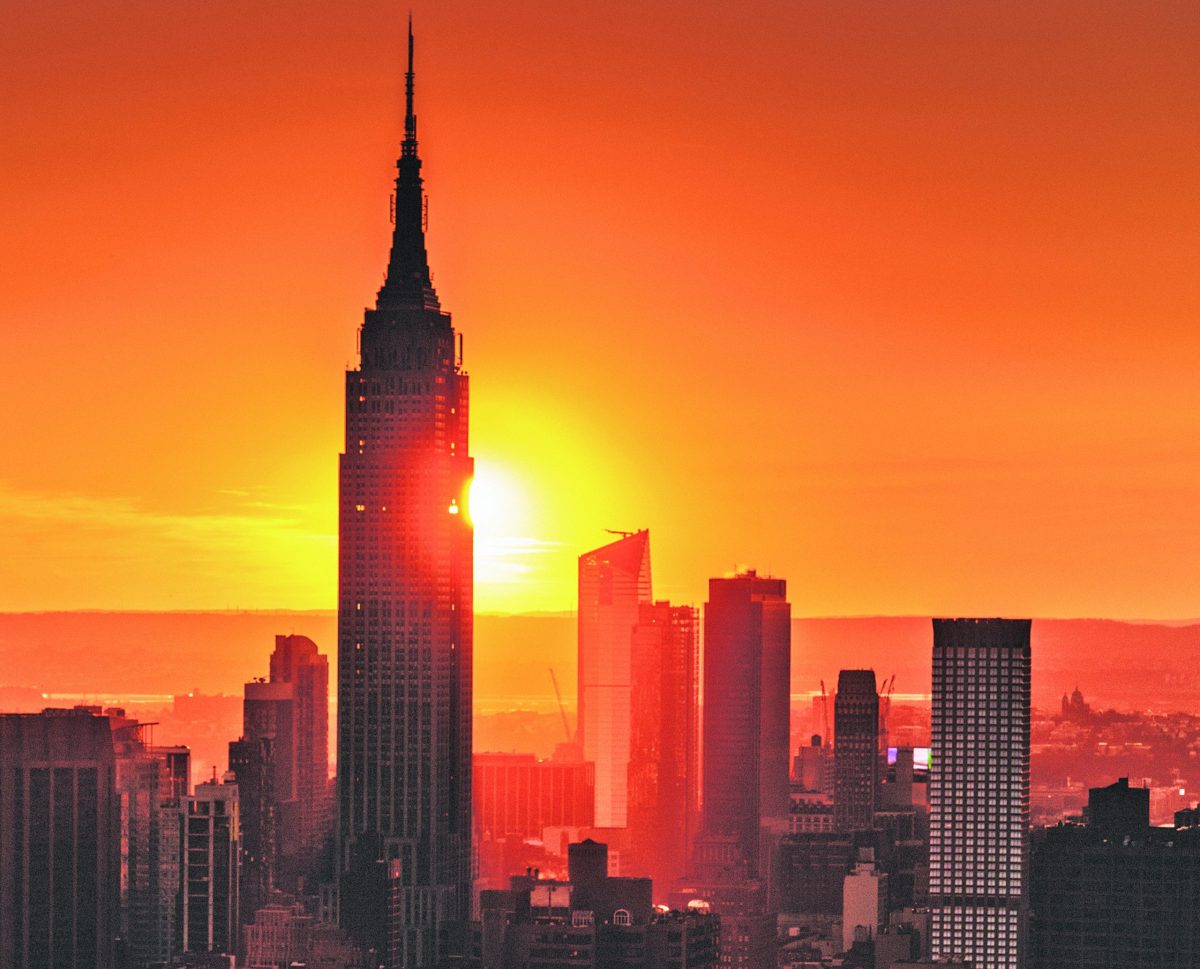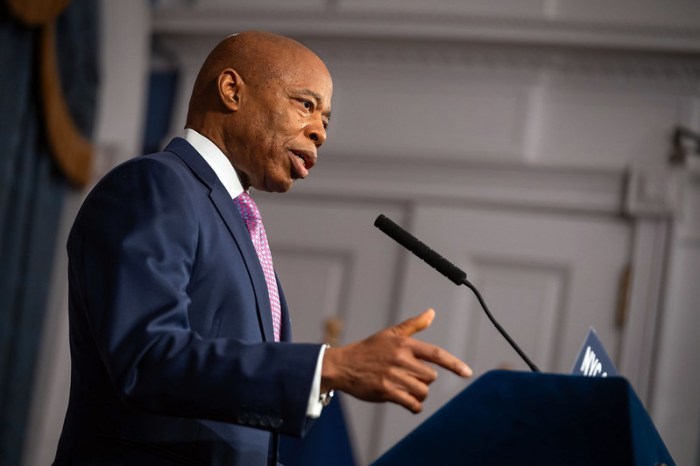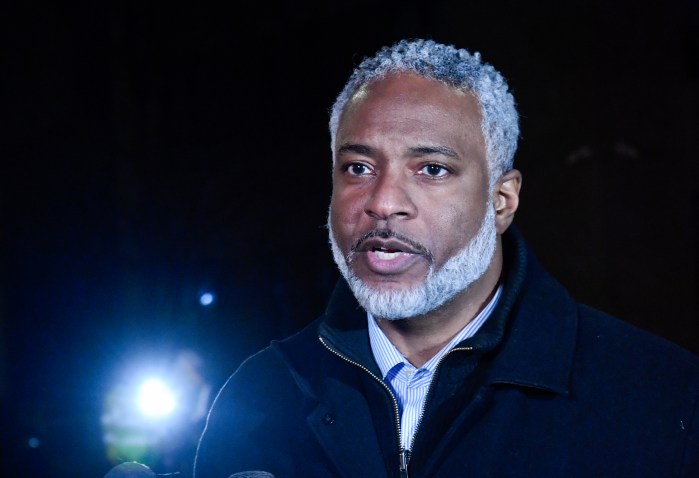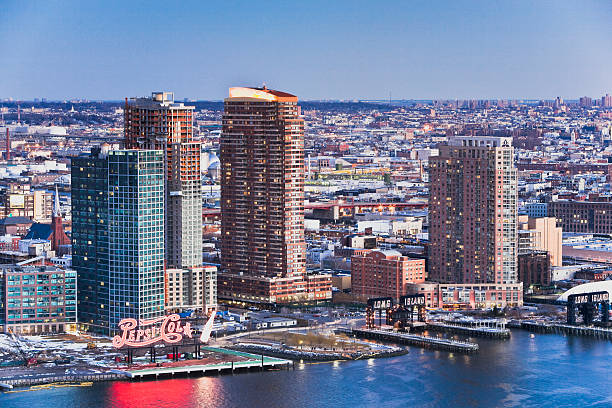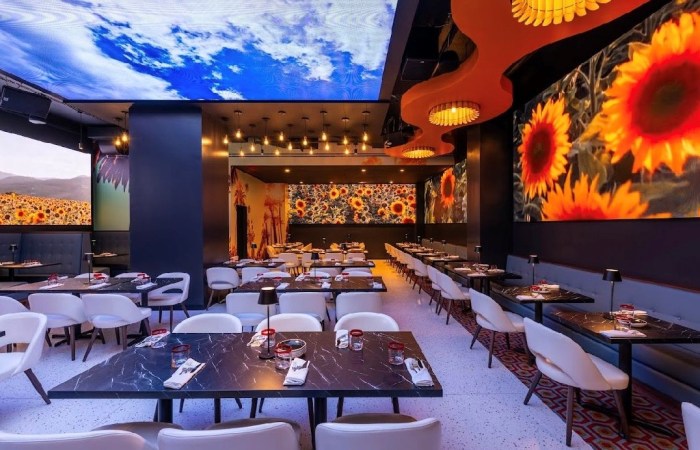By Tucker Reed and J. Manuel Mansylla, Co-Founders and Principals of Totem
“Although New York City doesn’t officially enter the first phase of its re-opening until Monday, anyone out on the streets this weekend knows the quarantine has reached its unofficial end. And as the City joins others around the world writing the playbook when it comes to social distancing protocols, heightened even more now in light of the protests and mass gatherings, the “new normal” isn’t just learning how to navigate the rules – but each other.”
To bring people out of their homes again, we need to do more than just let businesses reopen. We must start to repair the social contract in our city – answering the question of how we can start to gather at scale again without harming one another in the process.
Cities are responding in different ways, examining how to repurpose streetscapes and the public realm to support restaurants, retailers, and other businesses, all while keeping pedestrians safe and healthy. But we can’t just say that sidewalks are open for restaurants to serve al fresco or give businesses free rein on how they utilize the spaces outside of storefronts. This could lead to crowded sidewalks and create broader safety concerns.
What we need right now are “guard rails” that allow us to reimagine our shared spaces and help us feel safe socializing again; introducing “placemaking” into the conversation can guide our city forward to the benefit of all public space users.
Take Domino Park in Williamsburg, for example. A simple act of drawing circles in the grass to outline where park goers could enjoy the outdoors – without risking their health or that of their neighbors – demonstrates the types of creative interventions that set New York City apart. After all, at the heart of what makes New York City the number one city in the world is its people. Its unique characters and how these New York characters come together.
For those unfamiliar with the term, placemaking is a process for the planning, design, and management of public spaces, leveraging a community’s assets to create spaces that promote people’s health, happiness, and well-being. The most successful kind of placemaking is inherently adaptable, and conceived with ease of installation, maintenance, and removal in mind. It can also be transformative, allowing us to rethink certain elements found on already-crowded sidewalks in fun and reimagined forms.
The best placemaking puts the community at the very center of design, drawing on input and direction from locals and celebrating the history and culture of a neighborhood. It can be used to facilitate commerce, like temporary market stalls and dining areas, or display public art and community information. But most importantly, since it exists in a physical form, it can help to delineate what spaces are “safe” for use and the transitional norms for using them.
What’s more, the City already has policies in place for plazas, parklets, and other temporary activations. And the City Council took an important first step in introducing legislation last week to legalize street interventions this summer. Now the New York City Department of Transportation, the Mayor’s Office, and the City Council need to come together to strengthen, streamline, and expand these policies to provide the guidance required to BIDs, business owners, and communities at large, so we all know the rules to play by.
The best path toward combining speed with design solutions will be to focus on strategies that are nimble, community-driven, and replicable. As such, we need modular “toolkits” that can draw upon elements found in our streets today like jersey barriers, scaffolding, and dumpsters; and allow the greatest flexibility to adapt them within today’s ever-changing urban spaces.
In the absence of guidance, we risk anxiety and fear of one another becoming entrenched in the public psyche until a vaccine or treatment is developed. As a city, we already have powerful precedents and policies to reimagine our streetscapes and public spaces. Let’s learn from them and establish creative tools to help New York City recover in a way that puts community and pedestrians front and center. Let’s not squander away this summer because of bureaucratic limitations, but instead leverage the Mayor’s decision to close streets and experiment with their full potential to help us heal. Our City abounds with creativity – we should define the rules that would allow us to put it to work.



